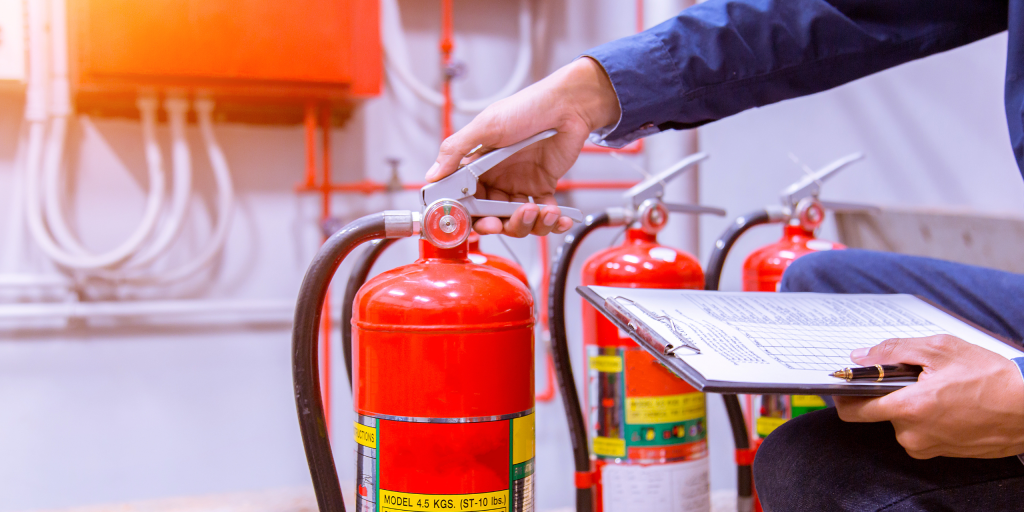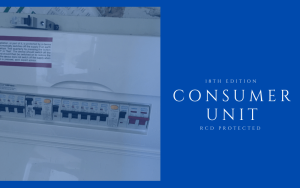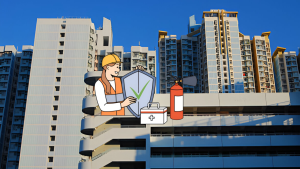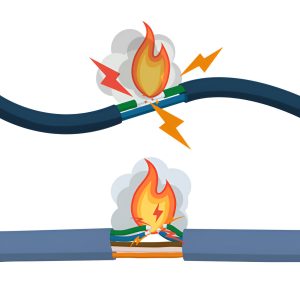As a safety advocate the rhythm of fire risk assessment reviews is akin to a heartbeat, pulsing life into our fire safety protocols.

But how often should we listen to this crucial rhythm?
Let’s explore the balance between diligence and practicality when determining the best frequency for conducting fire risk assessments.
By considering the dynamic nature of fire risks and the evolving landscape of safety regulations, we can pave the way for a robust and proactive approach to safeguarding our environments.
Understanding Fire Risk Assessments
Understanding fire risk assessments is a crucial aspect of ensuring the safety of building occupants and complying with legal responsibilities.
Risk identification is the cornerstone of a thorough assessment. By meticulously scrutinizing a building or premises, potential fire hazards can be pinpointed. Mitigation measures are then established based on these identified risks to reduce the likelihood of a fire outbreak. Safety protocols are crafted from these measures, forming the foundation for effective emergency responses and evacuation plans.
Compliance benefits are significant, showcasing a commitment to safety, aligning with legal requirements, and potentially avoiding penalties. Fire awareness is heightened through this process, fostering a culture of vigilance and preparedness. Essentially, fire risk assessments aren’t merely paperwork; they’re a proactive approach to safeguarding lives and property, ensuring regulatory adherence, and fostering a culture of safety consciousness within the premises.
Frequency of Fire Risk Assessment Review
Reviewing the frequency of fire risk assessments is essential for maintaining a proactive approach to safety management.
- Review Intervals: Establish standard practice by industry and adapt to changing circumstances.
- Assessment Triggers: Significant changes such as occupancy fluctuations or structural alterations should prompt a review.
- Renewal Benefits: Regular renewals guarantee compliance, update safety measures, and enhance emergency response.
- Neglecting Risks: Failure to review assessments can lead to underestimation of dangers and legal consequences.
Incorporating consultancy services can provide expertise in fire safety regulations, customized risk assessment solutions, staff training, and continuous monitoring for compliance. It’s recommended to follow guidelines such as those provided by the LGA which suggest review intervals based on building height and risk level.
These recommendations guarantee safety, regulatory compliance, and a proactive approach to managing fire risks. Remember, neglecting to review assessments can have serious consequences, so staying vigilant is crucial for maintaining a safe environment.
Signs Your Fire Risk Assessment Needs Review
Monitoring for signs of necessary review in your fire risk assessment involves adept observation and prompt action. Several warning signs indicate the need for a reassessment. Neglecting changes in building structures, staff, or processes can lead to underestimating risks. Involving employees in risk assessment can provide valuable insights. Structural alterations, increased occupancy, or significant events can act as review triggers.
Periodically reviewing assessment renewal is vital to guarantee compliance and safety. Professional consultancy services can offer expertise in maneuvering fire safety regulations and tailored risk assessment solutions. Ignoring renewal risks, such as outdated safety measures or non-compliance, can pose serious consequences.
Regular monitoring and proactive review practices are critical for maintaining an effective fire risk assessment that aligns with current regulations and safeguards against potential hazards.
Legal Compliance and Fire Risk Assessments
From the indicators indicating the need for reassessment, the legal compliance aspect of fire risk assessments highlights the important obligations business owners must adhere to under the Regulatory Reform (Fire Safety) Order 2005.
- Responsibility Showcase: Conducting regular fire risk assessments showcases a commitment to safety and legal compliance.
- Compliance Benefits: Adhering to regulations aligns the business with legal requirements, mitigates risks, and helps avoid penalties.
- Legal Alignment: Ensuring fire risk assessments are up to date and in line with regulations demonstrates legal alignment and responsibility.
- Risk Mitigation: Regular reviews aid in identifying and mitigating potential fire hazards, enhancing overall safety measures and emergency preparedness.
Aligning fire risk assessments with legal requirements not only showcases responsibility but also brings about compliance benefits, risk mitigation, and penalties avoidance. It’s crucial for business owners to understand the legal obligations under the Regulatory Reform (Fire Safety) Order 2005 to ensure the safety of occupants and the premises.
Importance of Regular Fire Risk Assessment Review

Regularly reassessing fire risk evaluations is paramount for ensuring the ongoing safety and compliance of a building. By conducting frequent reviews, enhanced safety measures can be implemented, risk management strategies can be refined, proactive measures can be taken, protocols can be updated, and early detection of potential hazards can be achieved. This proactive approach not only reduces the chances of fire incidents but also ensures legal compliance, as updated protocols align with evolving regulations.
| Importance of Regular Review | Benefits |
|---|---|
| Enhanced safety | Reduces fire likelihood |
| Risk management | Demonstrates responsibility |
| Proactive measures | Updates safety protocols |
| Updated protocols | Avoids penalties |
| Early detection | Shows commitment to safety |
Regular reviews play an important role in maintaining a safe environment by identifying and addressing potential risks promptly. Adhering to updated safety protocols not only mitigates dangers but also showcases a commitment to prioritizing the well-being of occupants and property.
Frequently Asked Questions
How Do Changes in Building Occupancy Levels Impact the Frequency of Fire Risk Assessment Reviews?
Changes in building occupancy levels impact fire risk assessment review frequency by necessitating more frequent assessments to guarantee compliance with safety protocols. Occupancy changes may require adjustments in risk mitigation strategies and structural modifications for enhanced safety.
What Are the Consequences of Failing to Conduct Regular Fire Risk Assessment Reviews?
Neglecting regular fire risk assessment reviews can lead to severe consequences. Legal implications, financial repercussions, safety concerns, reputation damage, and insurance implications are at stake. Ensuring consistent reviews is essential for overall protection and compliance.
Are There Specific Industry Standards or Guidelines That Dictate the Frequency of Fire Risk Assessment Reviews?
When considering regulatory compliance and industry standards, risk assessment frequency should align with building occupancy changes. Best practices recommend regular reviews, utilizing advancements in fire safety equipment and employee training to enhance awareness impact.
How Can Technological Advancements and New Fire Safety Equipment Impact the Need for More Frequent Fire Risk Assessment Reviews?
Incorporating technological advancements and new fire safety equipment can enhance the efficiency and accuracy of fire risk assessments. This impact may necessitate more frequent reviews to align with evolving safety standards and guarantee peak protection.
What Role Does Employee Training and Awareness Play in Determining the Effectiveness of Fire Risk Assessment Reviews?
Employee engagement and training effectiveness are crucial for fire risk assessment reviews. Awareness campaigns enhance risk management and regulatory compliance. Involving staff guarantees understanding, improves safety protocols, and fosters a culture of vigilance towards fire prevention measures.
Conclusion
In summary, regular review of fire risk assessments is vital to maintaining a safe environment for buildings and occupants. By staying proactive and keeping up with industry standards, we can identify and mitigate potential fire hazards effectively.
It’s essential to pay attention to signs that indicate the need for reassessment and guarantee legal compliance in all safety protocols. Engaging professional services can further enhance our fire safety practices, demonstrating a strong commitment to protecting lives and property.











2 thoughts on “How Often Should Fire Risk Assessments Be Reviewed”
Hi my loved one! I wish to say that this post is amazing, nice written and include approximately all vital infos. I’d like to peer more posts like this.
This is why your blog is my go-to for reliable information.